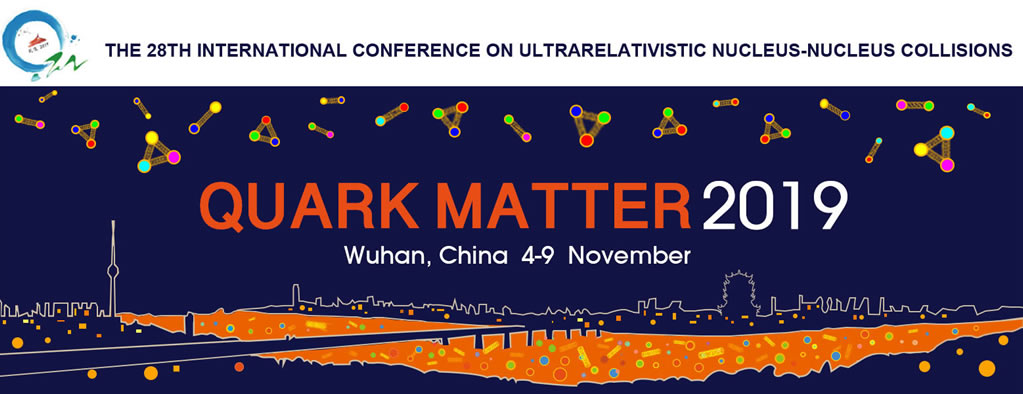Conveners
Parallel Session - Jet modifications I
- Urs Wiedemann (CERN)
The first evidence of jet quenching was observed at RHIC via suppression of single high $p_T$ hadron
$R_{AA}$ and the disappearance of the awayside jet peak in two-particle correlations. Hadron
$R_{AA}$ and two particle correlations continue to be useful probes of the QGP in heavy ion collisions,
since the particles involved are fragments of the jets produced in the initial hard scattering....
Jet quenching refers to the energy loss of partons due to interactions with the Quark Gluon Plasma (QGP) in relativistic heavy-ion collisions. It generally modifies measured jet spectra as well as substructure, including the fragmentation pattern and radial distribution of transverse momentum ($\it{p}_{T}$) inside the jet relative to jets in vacuum. In this talk, we report measurements of...
We report the first direct measurement of the dead-cone effect at colliders, using iterative jet declustering techniques in pp collisions at $\sqrt{s}=13$ TeV. The procedure detailed in, exposes the splittings of D mesons in the jet shower, by iteratively declustering the angular ordered C/A tree. The splitting history of the D meson initiated jet is mapped onto the Lund plane, where...
Quantifying the differences between nuclear and hadronic collisions, phenomenologically known as medium modification due to multiple scatterings between the hard probe and medium, can provide a solid baseline for unambiguous identification of the medium fundamental property. In this talk, we consider parton propagation in cold nuclear matter within the framework of high-twist expansion, which...
We present a systematic study of the hydrodynamic medium response to jet shower propagation, based on a strongly-coupled description of the Quark-Gluon Plasma (QGP). A causal formulation for the space-time profile of energy-momentum source terms is incorporated with a multi-stage jet evolution and (3+1)-D viscous hydrodynamics within the JETSCAPE 2.0 framework. In this work, we employ a causal...
We use CoLBT-hydro model for simultaneous event-by-event simulations of jet propagation and hydrodynamics evolution of the bulk medium including jet-induced medium excitation. The final reconstructed jet in heavy-ion collision include not only hadrons from medium response for the deposited energy and momentum of hard partons, but also hadrons from the fragmentation and recombination process of...
